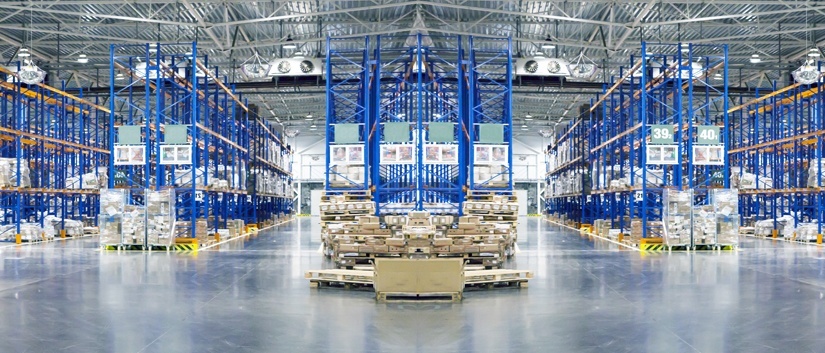Retailers’ jingle of ‘Happy Returns’ has rhyme and reason to it, which is about bringing ‘Returns’ into the realm of customer experience, looking at it more as a differentiator rather than an obstacle – When Clara orders a pair of shoes of her size online, she envisions a perfect-fit pair. When delivered, it turns out that the shoes she ordered online is far from being the right fit.
If the shoe fits, customer wears it, literally. And with an ill-fitting pair ordered online, customers want to return the item. As easy, smooth and quick return has grown into a retailer hallmark, it augurs well for the retailer to facilitate experiential retail and make product returns as seamless and painless as it can get. That said, retailers also want to keep a check on excessive returns that can erode their profits.
With online shopping creating a chasm between the customer-product sync, there’s more than one customer reason to be unearthed to know why customers return goods that they purchased – Not the right fit, not the right color, outmoded, spoilt and damaged among others come to mind in quick succession. The logistics grapevine has it that 30% of products are returned out of the total products that are ordered online.
Today, customers take a peep into the returns page before making the decision to buy. Furthermore, retailers’ return process not only evokes customer interest but also has a say over customer buying decisions. And chances are that customers would be induced into buying again when retailers promise and deliver seamless product returns. Customer-facing, retailers ought to facilitate easy and quick returns, and store-facing, retailers ought to be proactive and predictive in maximizing returns from return optimization.
What are the ways to maximize returns from return optimization?
Predicting and preventing returns
The proactive slant to return optimizations comes by way of sentiment analysis, wherein customer sentiments across social landscape, call centers, in-store, email and online sources can offer valuable insights into reasons igniting customer returns.
With seamless returns providing the opportunity to gain competitive edge, retailers begin their return optimization journey with customer behavior. At the point of sale, Jack is about to order an apparel. With the machine learning unearthing patterns in customer behavior, Jack is prevented from returning the ordered product through robust intervention strategies.
In combination with past transactions, inventory, pricing and return histories, customer buying behaviors provide intelligence to strike a balance between customer experience and business imperatives and maximize returns from return optimization.
Eliminating fraudulent returns and accelerating ‘exchange’ returns
If there is a wolf at the retail door, with an item to be returned, the sheep’s clothing ought to be detected with the aim of preventing the wolf from walking away with the returns. Predicting if it is a fraudulent return then sets the retailer focus on several data points – shopper’s digital footprint, shopper’s online behavior, past transactions, transaction amount, transaction scenario, date, currency merchandise sold, identity, return behavior, excessive markdowns, average order, billing and customer name, cards used, failed transactions and return increase, which when fed into machine learning algorithms help retailers predict and prevent returns’ fraud.
Then there are ‘Exchange’ Returns, which lay emphasis in identifying opportunities to make customer returns more of an exchange affair. For this, customer conversations and behavior offer valuable insights to convert returns into exchanges.
Taking intelligent disposition decisions
At the Point of Return, quick decisions can tilt the scale in favor of retailers. A disposition engine powering decisions at the Point of Return is built out of machine learning algorithms that make the most of data points including trends, sales, demand, product reviews, inventory, and shelf space and remarketing costs to guide retailers in making intelligent dispositions. Retailers get the lead to restock the returned item or liquidate or recycle or even refurbish the item only to turn this challenge into an opportunity for maximizing returns from customer returns.
The customer-side prompts a retailer to enable easy returns for customers. The store-side of things reiterates the need to prevent returns, which can produce a negative influence on merchandising, supply chain and warehousing. Retailers are putting their able ally, machine learning, to work in tackling return problems and in gaining maximized returns from return optimization.





